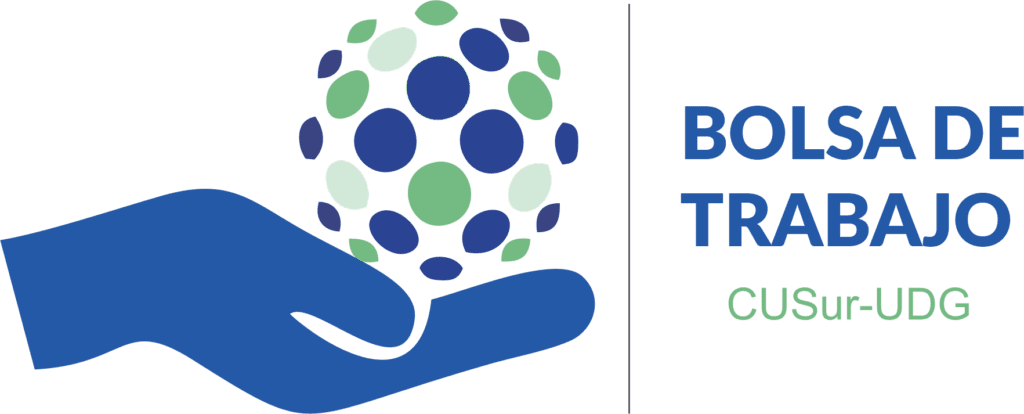
best non prescription ed pills
FollowOverview
-
Founded Date mayo 14, 1981
-
Sectors Médico Cirujano y partero
-
Posted Jobs 0
-
Viewed 77
Company Description
Understanding Consuming Disorder Treatment: A Complete Case Study
Introduction
Eating disorders (EDs) are complicated mental well being circumstances characterized by abnormal consuming habits that negatively have an effect on an individual’s physical and emotional effectively-being. This case examine delves into the treatment of a young girl, Sarah, diagnosed with Anorexia Nervosa, exploring her journey by the challenges of the disorder and the multi-faceted method to her recovery.
Background
Sarah, a 22-year-previous faculty student, had all the time been a excessive achiever. She was academically profitable, participated in various extracurricular actions, and maintained a detailed-knit group of buddies. However, during her sophomore year, Sarah started to experience important stress resulting from academic pressures and private points. In an attempt to regain control over her life, she began to limit her food intake, resulting in the event of Anorexia Nervosa.
By the time she sought help, Sarah had lost a substantial amount of weight, was exhibiting signs of malnutrition, and was struggling with extreme anxiety and depression. Her family seen her withdrawal from social activities and her obsessive concentrate on meals and body picture. Recognizing the severity of her situation, they encouraged her to seek professional help.
Initial Assessment
Upon her first go to to a specialised consuming disorder clinic, Sarah underwent a complete evaluation that included a physical examination, psychological analysis, and nutritional evaluation. The multi-disciplinary team, consisting of a psychiatrist, psychologist, nutritionist, and medical doctor, worked collaboratively to create a tailored treatment plan.
The evaluation revealed that Sarah’s body mass index (BMI) was significantly under the normal range, and she exhibited signs of bradycardia and electrolyte imbalances. Psychologically, Sarah was discovered to have a distorted body picture and a profound concern of weight acquire. The workforce diagnosed her with Anorexia Nervosa and co-occurring generalized anxiety disorder.
Treatment Plan
The treatment plan for Sarah consisted of a combination of medical intervention, nutritional rehabilitation, and psychotherapy. The primary objectives had been to revive her bodily well being, tackle psychological points, and promote wholesome eating behaviors.
Medical Intervention
Sarah was closely monitored by a medical physician throughout her treatment. Initially, she required medical stabilization as a result of her low heart price and electrolyte imbalances. This involved common check-ups, blood checks, and monitoring her very important signs. As soon as stabilized, the main focus shifted to gradual weight restoration, with the medical team setting lifelike and achievable weight gain objectives.
Nutritional Rehabilitation
A registered dietitian worked with Sarah to develop a personalised meal plan that emphasized balanced nutrition and gradual weight acquire. The dietitian educated her concerning the importance of nutrition and the role of food in maintaining physical and psychological health. They also addressed her fears surrounding certain foods, encouraging her to incorporate a variety of foods into her weight loss plan.
To fight her restrictive eating patterns, the dietitian introduced a structured meal plan that included regular meals and snacks. Sarah was encouraged to keep a meals journal to track her intake and feelings about food, which facilitated discussions during therapy sessions.
Psychotherapy
Cognitive Behavioral Therapy (CBT) was the first therapeutic approach employed to assist Sarah address her distorted beliefs about physique image and food. If you cherished this post and you would like to obtain more data concerning erectile dysfunction treatment with personalized care kindly take a look at our own website. The therapist labored along with her to determine and problem detrimental thought patterns, changing them with healthier, more lifelike beliefs.
In addition to CBT, the crew incorporated Household-Based Therapy (FBT) to contain Sarah’s family in her recovery. The household attended periods to learn how to support Sarah, fostering an atmosphere that encouraged healthy consuming and optimistic body picture.
Challenges Faced
Throughout her treatment, Sarah faced numerous challenges. One in all the significant hurdles was her resistance to weight gain. Regardless of the medical team’s reassurances that weight restoration was important for her well being, Sarah struggled with feelings of guilt and anxiety associated to food.
Furthermore, social situations posed a major challenge. Sarah found it tough to eat in public or attend social gatherings where food was concerned. The therapist labored along with her to develop coping strategies, akin to mindfulness techniques and positive self-discuss, to assist manage her anxiety in these conditions.
One other problem was the emotional turmoil that accompanied her recovery. As Sarah started to confront her fears and insecurities, she experienced intense feelings of sadness and anger. The therapeutic process was emotionally taxing, however with the support of her therapist and household, she regularly realized to navigate these emotions.
Progress and Restoration
Over the course of several months, Sarah made vital progress. With constant medical monitoring, she regained weight and improved her bodily health. Nutritional rehabilitation helped her develop a healthier relationship with food, and she started to get pleasure from meals without overwhelming anxiety.
In therapy, Sarah learned to problem her damaging ideas and develop coping strategies for managing her anxiety. She progressively became more comfy in social situations, attending events with associates and participating in meals with out excessive worry.
By the end of her treatment, Sarah had achieved a healthy weight and exhibited a more balanced perspective on food and physique image. She expressed gratitude for the help of her family and treatment crew, acknowledging that restoration was a journey moderately than a destination.
Conclusion
Sarah’s case illustrates the complexities of treating eating disorders and the importance of a comprehensive, multi-disciplinary strategy. The mix of medical intervention, nutritional rehabilitation, and psychotherapy proved efficient in supporting her restoration. While the journey was fraught with challenges, Sarah’s dedication and the help of her treatment team and family finally led to a successful outcome.
This case research underscores the importance of early intervention and the need for personalized treatment plans that handle each the bodily and psychological aspects of eating disorders. As awareness of consuming disorders continues to develop, it’s essential for people to seek help and for families to provide assist, fostering an environment conducive to restoration.
